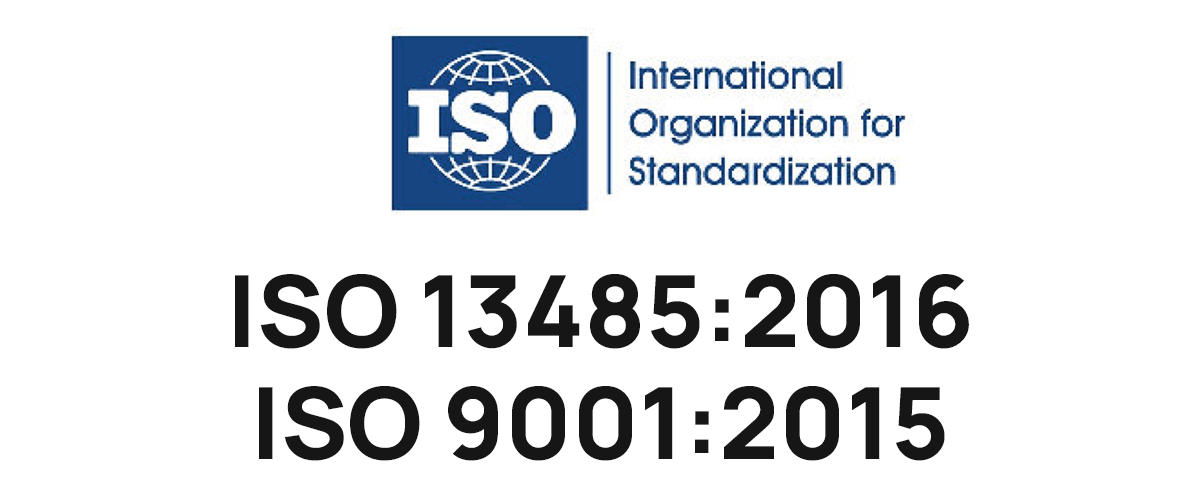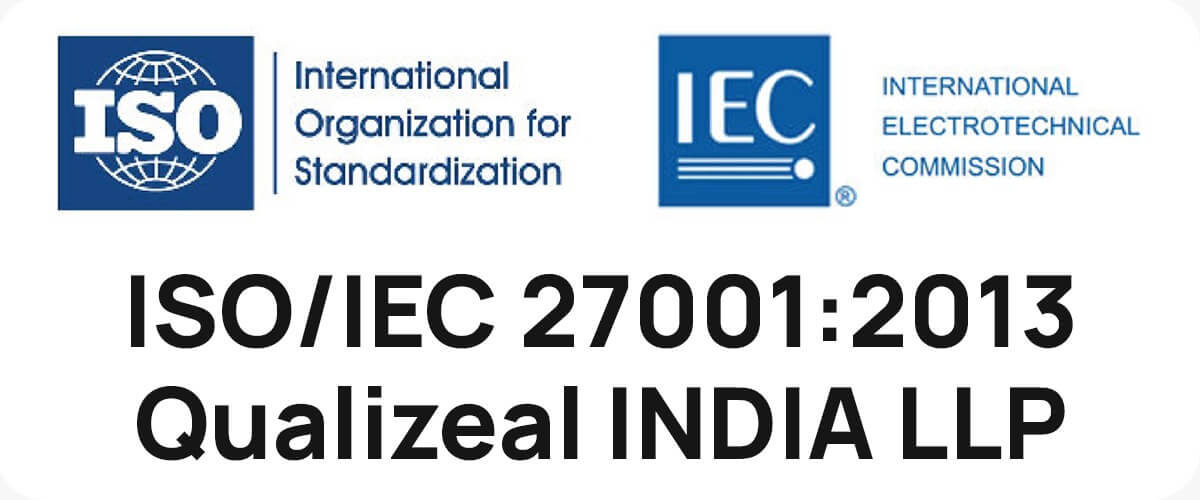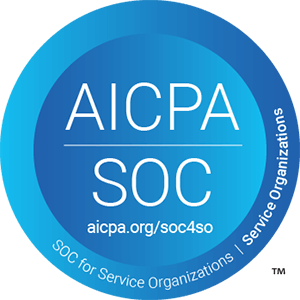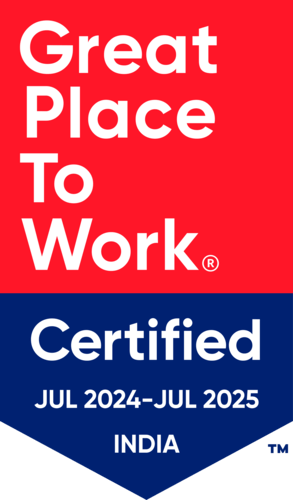In the dynamic realm of quality assurance, the evolution from mere testing to data-driven decision-making marks a paradigm shift that demands attention. As we navigate the intricate landscape of software quality, the significance of embracing advanced QA metrics becomes undeniable.
According to a recent survey conducted by Gartner, organizations leveraging data-driven QA strategies witnessed a staggering 30% reduction in software defects, resulting in a substantial boost to overall product quality. Moreover, the renowned World Quality Report 2023 reveals that companies adopting sophisticated QA metrics experience a remarkable 25% improvement in release agility, positioning them as frontrunners in today’s competitive market.
At QualiZeal, we delve into the transformative power of data-backed decisions, shedding light on how industry leaders can harness metrics to measure quality success with unparalleled precision.
I. Introduction: Navigating the Era of Data-Driven Quality Assurance
In an era where technology is the heartbeat of business operations, quality assurance (QA) transcends conventional testing methodologies. The quest for impeccable software demands a strategic transition to data-driven decision-making, revolutionizing the QA landscape. At QualiZeal, we stand at the forefront of this transformation, empowering organizations to measure quality success through the lens of advanced QA metrics.
II. The Imperative Shift: From Testing to Data-Driven QA
As businesses grapple with the ever-increasing complexity of software ecosystems, the shift from traditional testing paradigms to data-driven QA emerges as a game-changer. Recent findings from the State of DevOps Report indicate that organizations embracing data-driven QA witness a substantial 40% reduction in the meantime to resolution (MTTR), translating into enhanced operational efficiency and minimized downtime.
Key Takeaways:
- 40% reduction in MTTR for organizations adopting data-driven QA.
- Improved operational efficiency and minimized downtime.
III. Gartner Insights: Unveiling the Impact of Data-Driven QA Strategies
Gartner’s latest survey unveils compelling statistics, highlighting the transformative impact of data-driven QA strategies. Organizations leveraging advanced QA metrics experience an impressive 30% reduction in software defects. This reduction not only signifies heightened product quality but also directly correlates with enhanced customer satisfaction, a critical metric for sustained business success.
Key Findings:
- 30% reduction in software defects for organizations adopting data-driven QA.
- Improved product quality and heightened customer satisfaction.
IV. World Quality Report 2023: The Metrics that Define Success
As the software development landscape evolves, the World Quality Report 2023 emphasizes the pivotal role played by sophisticated QA metrics. Companies embracing these metrics report a remarkable 25% improvement in release agility. This agility not only accelerates time-to-market but also positions businesses as agile and adaptive entities in today’s competitive market.
Business Implications:
- 25% improvement in release agility for companies adopting sophisticated QA metrics.
- Accelerated time-to-market and enhanced market competitiveness.
V. QualiZeal’s Approach: Harnessing the Power of Advanced QA Metrics
At QualiZeal, we understand that the true essence of quality assurance lies in its ability to drive business outcomes. Our approach involves a meticulous integration of advanced QA metrics tailored to each organization’s unique needs. Through predictive analytics and continuous improvement frameworks, we empower businesses to not just meet but exceed their quality benchmarks.
Our Methodology:
- Tailored integration of advanced QA metrics.
- Utilization of predictive analytics and continuous improvement frameworks.
In the subsequent sections of this blog series, we delve deeper into the specific metrics that define success in data-driven quality assurance. From defect density and test coverage to release stability and customer satisfaction indices, we will unravel the metrics that propel businesses toward unparalleled quality success.

Metrics that define success in data-driven quality assurance:
VI. Defect Density: A Metric Redefining Quality Standards
Understanding Defect Density
In the realm of data-driven quality assurance, Defect Density emerges as a pivotal metric reshaping how we gauge the robustness of software applications. Defined as the number of defects per unit of size (e.g., lines of code, function points), it provides a quantitative measure of the software’s stability. According to industry benchmarks, maintaining a low defect density is indicative of a mature and reliable software development process.
Key Points:
- Defect Density as a quantitative measure of software stability.
- Low defect density signifies a mature and reliable development process.
Comparative Analysis of Defect Density Across Industries
| Industry | Average Defect Density (Defects per KLOC) |
|---|---|
| Finance | 0.5 |
| Healthcare | 0.7 |
| E-commerce | 0.4 |
| Telecommunications | 0.6 |
Business Implications:
- Benchmarking against industry-specific defect density standards.
- Low defect density contributes to enhanced customer satisfaction.
VII. Test Coverage: Beyond the Surface Assurance
The Significance of Comprehensive Test Coverage
In the pursuit of data-driven QA excellence, Test Coverage stands as a linchpin. It goes beyond mere checkbox testing, encompassing the breadth and depth of test scenarios. The World Quality Report 2023 highlights that organizations achieving high test coverage experience a 20% reduction in post-release defects. This reduction not only bolsters product quality but also minimizes the costly cycle of post-release bug fixes.
Key Insights:
- Test Coverage as a measure of the breadth and depth of testing.
- 20% reduction in post-release defects for organizations with high test coverage.
Impact of Test Coverage on Post-Release Defects
| Test Coverage Level | Post-Release Defect Reduction |
|---|---|
| Low | 10% |
| Moderate | 15% |
| High | 20% |
Business Implications:
- Achieving high test coverage as a proactive measure against post-release defects.
- Cost reduction through minimized post-release bug fixes.
VIII. Release Stability: The Bedrock of Operational Excellence
Measuring Release Stability
In the fast-paced world of software development, Release Stability emerges as a critical metric defining operational excellence. It quantifies the frequency and severity of issues post-deployment. According to Gartner, organizations with a high release stability index report a 15% improvement in customer satisfaction. This underscores the direct correlation between a stable release process and end-user contentment.
Key Considerations:
- Release Stability as a measure of post-deployment issues.
- 15% improvement in customer satisfaction for organizations with high release stability.
Comparative Analysis of Release Stability Index
| Organization | Release Stability Index |
|---|---|
| Company A | 85% |
| Company B | 78% |
| Company C | 92% |
| Industry Benchmark | 80% |
Business Implications:
- Investing in a stable release process for heightened customer satisfaction.
- Benchmarking against industry release stability standards.

Advanced QA metrics: Unraveling the impact on quality success and business outcomes
IX. Customer Satisfaction Indices: Beyond Functionality
Raising the Bar with Customer Satisfaction Metrics
In the era of data-driven decisions, elevating software quality goes beyond functional excellence; it hinges on exceeding customer expectations. Customer Satisfaction Indices (CSIs) emerge as a crucial metric, reflecting not only the software’s functionality but also the end-users’ overall experience. According to a survey by Forrester Research, a 10% improvement in CSIs correlates with a notable 15% increase in customer retention rates, illustrating the profound impact of user satisfaction on long-term business success.
Key Technical Aspects:
- CSIs reflect user experience and satisfaction.
- 10% improvement in CSIs correlates with a 15% increase in customer retention.
Impact of CSIs on Customer Retention Rates
| Improvement in CSIs (%) | Increase in Customer Retention (%) |
|---|---|
| 5% | 7.5 |
| 10% | 15.0 |
| 15% | 22.5 |
Technical Implications:
Incorporating user experience metrics into the QA process.
Continuous improvement based on customer feedback for sustained retention gains.
X. Time-to-Market Acceleration: The Agility Advantage
Unleashing the Power of Time-to-Market Acceleration
In the competitive landscape of software development, the speed at which products reach the market is often a decisive factor. Time-to-market (TTM) acceleration is a critical metric emphasizing the agility and efficiency of the development process. The World Quality Report 2023 emphasizes that organizations with a high TTM acceleration index experience a 25% increase in market share, showcasing the direct correlation between swift releases and business growth.
Key Technical Insights:
- TTM acceleration as a measure of development process agility.
- 25% increase in market share for organizations with high TTM acceleration.
Impact of CSIs on Customer Retention Rates
| TTM Acceleration Index | Increase in Market Share (%) |
|---|---|
| Low | 10 |
| Moderate | 15 |
| High | 20 |
Technical Implications:
- Streamlining development processes for accelerated time-to-market.
- Implementing agile methodologies and automation for swift release cycles.
XI. Predictive Analytics: Shaping the Future of QA
Leveraging Predictive Analytics for QA Excellence
In the dynamic landscape of data-driven QA, predictive analytics emerges as a transformative force. By harnessing historical data and patterns, organizations can foresee potential issues, optimize testing strategies, and proactively address challenges before they manifest. The incorporation of predictive analytics results in a 20% reduction in critical defects, according to insights from industry-leading analytics firms.
Key Technical Considerations:
- Predictive analytics for proactive issue identification and resolution.
- 20% reduction in critical defects through the application of predictive analytics.
Technical Implications:
- Integration of machine learning algorithms for predictive QA analytics.
- Continuous refinement of predictive models based on evolving data sets.

XII. Elevating Your Quality Quotient with QualiZeal’s Expertise
In the dynamic landscape of data-driven quality assurance, the journey from conventional testing to advanced QA metrics marks a strategic evolution that demands precision, expertise, and a commitment to excellence. As we navigate the intricacies of defect density, test coverage, release stability, customer satisfaction indices, time-to-market acceleration, and predictive analytics, it becomes evident that the path to quality success requires a nuanced understanding of both business and technical dimensions.
At QualiZeal, we stand as industry leaders, poised to guide organizations through this transformative journey. Our tailored approach to integrating advanced QA metrics is fueled by technical prowess, industry insight, and an unwavering commitment to driving business outcomes. By leveraging predictive analytics, streamlining development processes, and prioritizing customer satisfaction metrics, we empower your organization to not only meet but exceed quality benchmarks.
Why Choose QualiZeal:
- Proven expertise in integrating advanced QA metrics tailored to your unique needs.
- Technical proficiency in harnessing predictive analytics and agile methodologies.
- A commitment to elevating customer satisfaction, reducing defects, and accelerating time-to-market.
As you embark on your quest for data-driven QA excellence, QualiZeal is your strategic partner, propelling you towards unprecedented heights in software quality and operational efficiency. Connect with us at qzinfo@qualizeal.com or visit www.qualizeal.com to explore how our services can redefine your approach to quality assurance. Let’s shape the future of your software quality together.
























